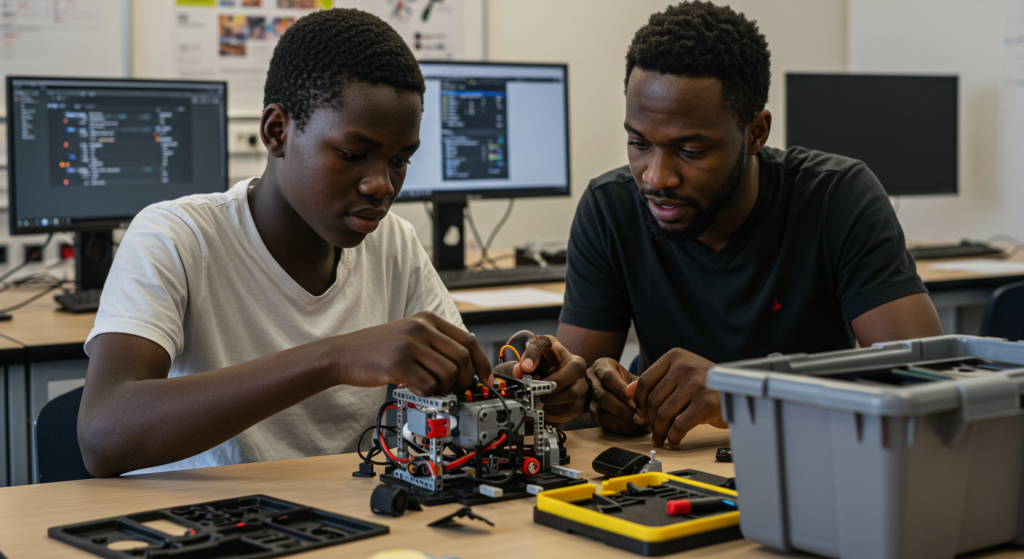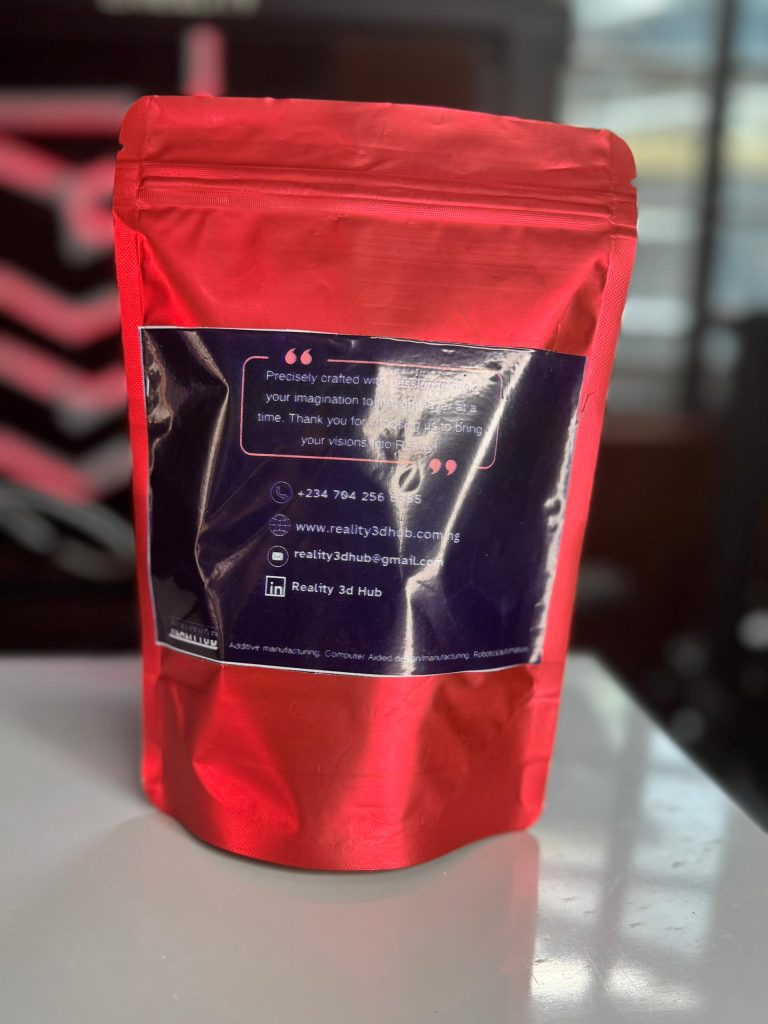Disclaimer: Please note that this article has been generated using AI technology for informational purposes. However, it has been edited by a human, readers discretion is advised.
Laser engraving is an innovative and precise method of marking or etching materials like wood, metal, glass, and plastic using a high-powered laser. It is perfect for a variety of applications, from personalized gifts to industrial manufacturing. Whether you’re a hobbyist or a business owner, mastering the laser engraving process is key to creating high-quality, detailed designs.
In this article, we will walk you through the laser engraving process step by step and provide useful tips for getting the most out of your engraving machine.
1. Choose Your Material
Before you begin designing, select the material you want to engrave. Common materials for laser engraving include:
- Wood
- Acrylic
- Glass
- Metal
- Leather
- Plastic
Different materials will require specific settings in your engraving machine, so be sure to adjust your machine accordingly.
2. Prepare Your Design
The next step in the laser engraving process is designing the artwork that will be engraved. You can create your design using graphic design software like Adobe Illustrator, CorelDRAW, or free programs like Inkscape. Your design should be created in a vector format (such as SVG, AI, or DXF), as this ensures the laser follows clean, sharp lines.

Photo Credit: Needpix.com
How to Design for Laser Engraving:
When designing for laser engraving, keep in mind that different materials and engraving types (such as raster or vector engraving) may require different design approaches. Here are some tips for preparing your design:
- Resolution: Ensure your design is high resolution (300 DPI) to achieve a crisp, clean engraving.
- Contrast: Use high contrast colors to make the engraving stand out (light designs on dark materials work best).
- Vector vs. Raster: Vector designs are ideal for engraving paths, while raster designs are suitable for image engraving (like photos or logos).
- Size and Scale: Match the size of your design to the size of the material you’re engraving to avoid resizing issues.
- Text: If you’re adding text to your design, choose clear, legible fonts with enough spacing.
3. Set Your Laser Engraver’s Parameters
These settings include the power, speed, and frequency of the laser. For best results:
- Power: The power setting controls how strong the laser beam is. For engraving, lower power is typically used compared to cutting.
- Speed: Speed determines how fast the laser head moves across the material. Slower speeds create deeper engravings, while faster speeds produce lighter marks.
- Frequency: Frequency controls how often the laser pulses per second. Softer materials like wood require higher frequencies, while metals and other hard materials use lower.
Always test the settings on a small piece of scrap material before engraving your final piece to ensure the results match your expectations.
4. Position the Material and Start the Engraving
Position your material on the machine’s bed, ensuring it’s aligned and secure. Most laser engraving machines will have a focus lens that needs to be adjusted to the material’s surface for maximum engraving quality.
Once everything is aligned, load your design into the machine’s software and hit engrave. The laser will follow the design, etching or marking the material. The engraving process can take anywhere from a few seconds to several hours, depending on the complexity and size of the design.
5. Finishing and Post-Processing
Once the engraving is complete, remove your material from the machine. Depending on the material, you may want to clean the surface to remove any residue or soot. For some materials like wood, sanding or polishing may be needed to achieve a smoother finish.
For metal engravings, a protective coating may be applied to prevent rusting or damage. Additionally, painted materials may require a cleaning step to ensure the engraving is clear and free of paint residue.
6. Inspect the Finished Product
Finally, take time to inspect your finished engraving. Ensure the design is clear, precise, and matches your original vision. If any adjustments are needed, you can re-engrave specific areas or fine-tune your settings for the next project.
Tips for Designing for Laser Engraving
When working with a laser engraving machine, the design process can be just as important as the engraving itself. Here are some expert tips to help ensure your designs are optimized for the engraving process:
- Use Clear Lines: Avoid overly complex or intricate designs, as they may not translate well to laser engraving. Simple, clean lines will ensure the engraving turns out crisp and clear.
- Test Your Designs: Always run a test engraving on a sample piece of the same material before starting the full project. This helps you adjust power, speed, and other settings as needed.
- Use Contrasting Colors: Use high contrast colors (such as black and white) for better results, especially when engraving raster images.
- Consider Material Compatibility: Some materials engrave better than others. For example, wood can produce beautiful engravings, while glass may require additional setup, such as a rotating attachment.


